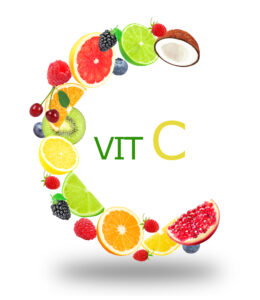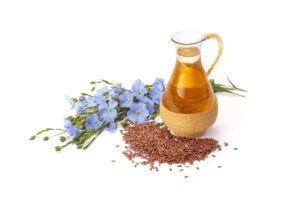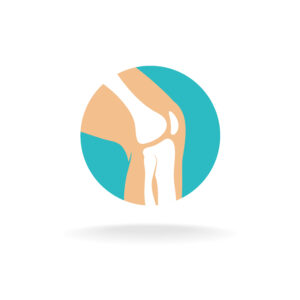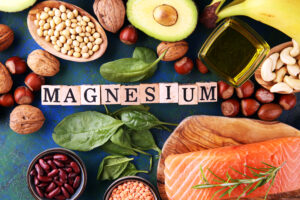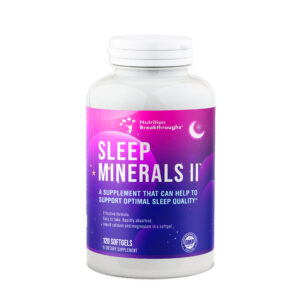 According to the National Sleep Foundation, people can definitely have more trouble falling asleep and staying asleep when the weather gets much hotter than usual.
According to the National Sleep Foundation, people can definitely have more trouble falling asleep and staying asleep when the weather gets much hotter than usual.
When trying to sleep in hot weather, the deeper levels of sleep such as REM (rapid eye movement) sleep are usually reduced. REM sleep is a restorative level of sleep and is where dreaming occurs. Air conditioning is a good solution, but if you don’t have it, here are some useful alternatives:
* Keep and use bedroom fans
* Use wet washcloths on your body as needed
* Take a bath or shower before bedtime
* Use an inflatable blow-up bed on the floor
* Eat fresh vegetables and fruits and drink a lot of pure, filtered water to replace liquids and keep hydrated. The most important minerals to replace are potassium, magnesium and calcium.
There are some people, such as menopausal women, who seem to be warm a lot of the time with hot flashes and night sweats — regardless of the weather. Both men and women may experience a depletion of minerals at middle age. In the summer heat, a further loss of vital minerals occurs. Highly absorbable forms of calcium and magnesium can be soothing natural insomnia remedies when taken at bed time.
Calcium is directly related to our cycles of sleep. In one study published in the European Neurology Journal, researchers found that calcium levels in the body are higher during some of the deepest levels of sleep, such as the rapid eye movement (REM) phase. This study concluded that disturbances in sleep, especially the absence of REM deep sleep or disturbed REM sleep, are related to a calcium deficiency.
The pioneering nutritionist Adelle Davis writes about how the female and male hormones help to keep minerals circulating in the body. She says that “During the menopause, the lack of ovarian hormones (estrogen and progesterone) causes severe calcium deficiency symptoms to occur.”
“At these times, high amounts of calcium should be obtained and every step be taken to insure its absorption into the blood. When these precautions are taken…., the woman at menopause usually loses her irritability, hot flashes, night sweats, leg cramps, insomnia, and mental depression.”
One insomnia remedy receiving more and more five-star reviews online is Sleep Minerals II from Nutrition Breakthroughs. This natural sleep aid contains rapidly absorbed forms of calcium and magnesium, the best minerals for sleeplessness and insomnia, as well as for heart health, restless legs syndrome, bone strength, menopause insomnia, and summer sleeplessness.
The formula also includes vitamin D and zinc and is delivered in a softgel form with healthy carrier oils, making it more quickly assimilated than tablets or capsules to provide a deeper, longer-lasting sleep.
For more information on Sleep Minerals II visit this web page.

